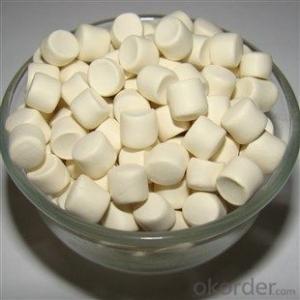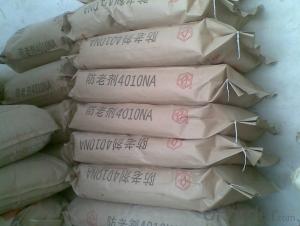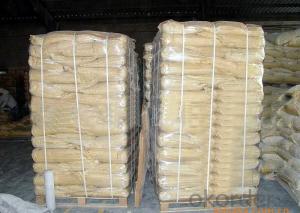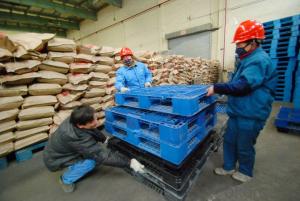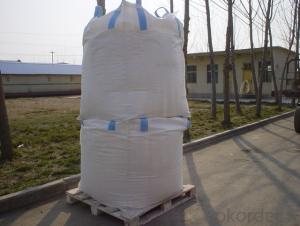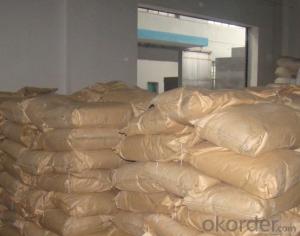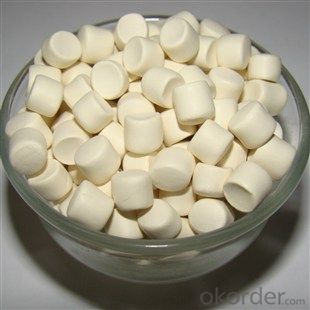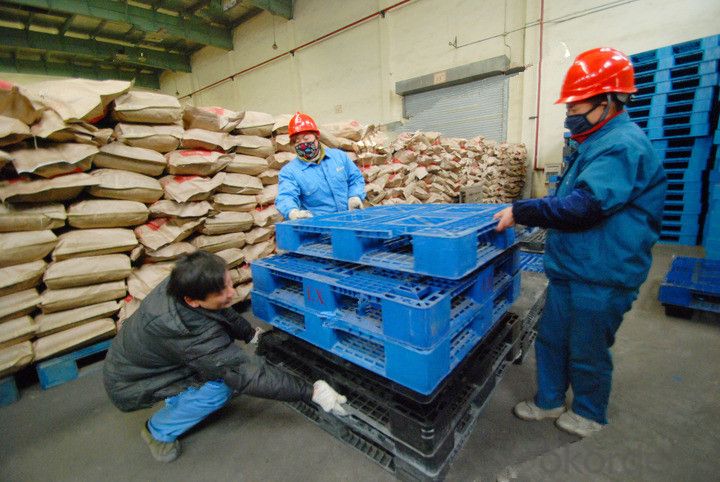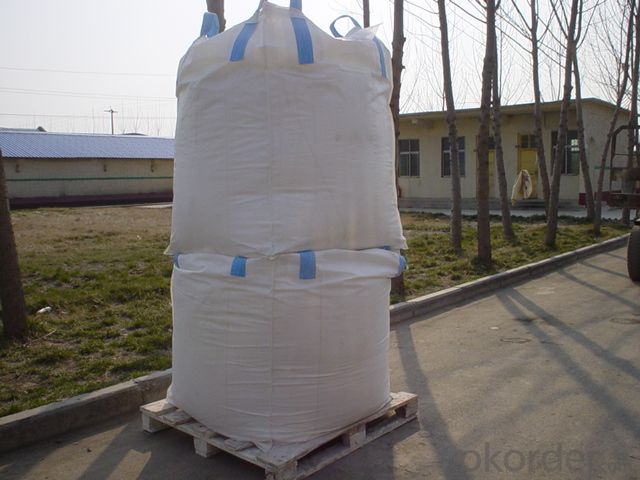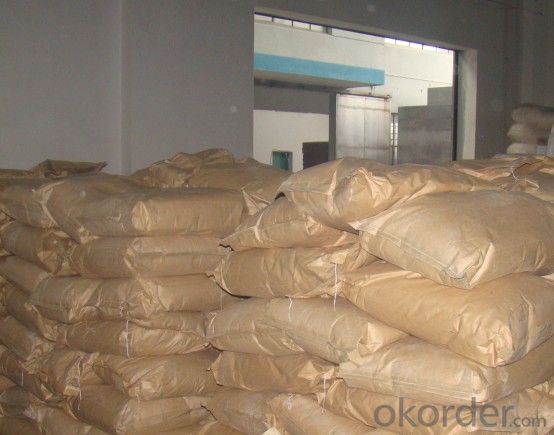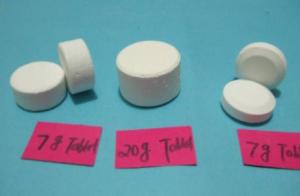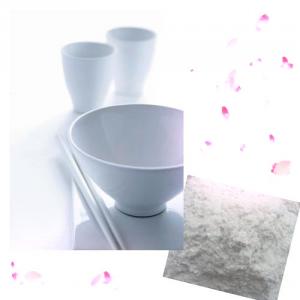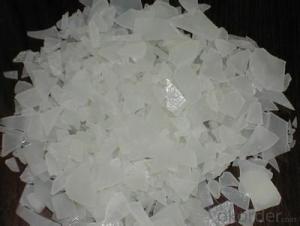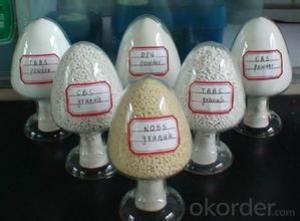Rubber Chemicals RUBBER VULCANIZING ACCELERATOR MBT (M)
- Loading Port:
- Tianjin
- Payment Terms:
- TT or LC
- Min Order Qty:
- 25 m.t.
- Supply Capability:
- 12000 m.t./month
OKorder Service Pledge
OKorder Financial Service
You Might Also Like
RUBBER VULCANIZING ACCELERATOR MBT(M)
Chemical Name:2-Mercaptobenzothiazole
Molecular Formula:C7H5NS2
Molecular Weight: 167.26
CAS NO. : 149-30-4
Executive standard:GB/T 11407-2003
Specification:
| Index | ||
High-class products | First-class products | Acceptable end-product | |
Appearance(Visual nspection) | Light yellow or greyish-white powder, granules | ||
Initial M.P, oC ≥ | 173.0 | 171.0 | 170.0 |
Loss on drying, % ≤ | 0.30 | 0.40 | 0.50 |
Ash, % ≤ | 0.30 | 0.30 | 0.30 |
Residues on 150μm sieve,% ≤ | 0.00 | 0.10 | 0.10 |
Properties:
It is Light yellow or off-white powder, granules with a little osmyl and taste bitter. The density is 1.42-1.52, Melting point above 171oC,Soluble in ethyl acetate, ethanol, solution of NaOH and baking soda,soluble ethanol ,dichloromethane,ethylether and choroform slightly soluble in benzene, insoluble water and gasoline. Good storage stability. lower explosion limit is 21g/m3.
Application:
Used as an acid accelerator currently and a medium fast primary accelerator. Imparts excellent aging properties when used both alone and in combination with DM, TMTD and many other basic accelerators for higher activity. Its accelerative temperature is low and easily be dispersed with lower pollution. Mainly used in the manufacture of tires, tubes, foot wear rubber belts and hoses etc.
Packaging:
25kg plastic woven bag, paper with plastic film bag, Kraft paper bag or jumbo bag
Storage:
Keep container tightly closed in a cool, well-ventilated place. The recommended max.
storage life is 2 years when stored under normal conditions.
The product could be ultra fine powder based on customer accurate quirement.
- Q: Does the catalyst affect the chemical reaction rate constant? How does the chemical reaction rate constant change when a positive catalyst is added to a reaction?
- The catalyst will change the rate constant
- Q: The catalyst before and after the reaction of the quality and nature of the same, does it mean that a little catalyst can be all the substrate reaction? Such as: one gram of MnO2 can reflect the infinite H2O2?
- Catalyst before and after the reaction of the same quality,
- Q: how could scientists know the exact catalyst for every reactions??? THANX sooo much
- Believe me, nema, there's no way that we chemists know the best catalyst for every reaction. That would be simply impossible. However, from the type of reaction, the reactants, products, reaction conditions, solvents, etc. and from one's experience and the literature (papers and patents) one can get a good idea for most reactions of the type of catalyst that has worked for similar systems. One then starts off with a catalyst from the literature and modifies or changes it if improvement is needed based on chemical principles that one learns. There are also some theoretical calculations that can be made. Sometimes they work and sometimes they don't :) If it is an industrially important process like the Haber process for making ammonia from nitrogen gas and hydrogen gas, there may be thousands of catalysts which have been tried and evaluated. New minor improvements are being made every day. When a company does find a very good catalyst for an important reaction, often they keep it a trade secret. The good catalyst can make a huge difference in how commercially successful a particular process is. That's a large part of what chemical engineers do. You may never know if you have the best catalyst. The most you can hope for is one that is good enough. So it's a few parts personal knowledge, a few parts literature, a couple of parts theory, a lot of experimentation and often, more than not, a little luck. :)
- Q: Can a catalyst react with a reactant?
- Catalysts are of different categories. There are some reactions, in which only the presence of some compound increases/decreases the rate of the reaction. In other examples, the catalyst do react with the reactants and provide a different path for the reaction. The product is formed and the catalyst is recovered. Not even a single molecule is consumed after the reaction. But if you take a sample while the reaction is going on, you might find a decrease in the concentration of the catalyst. (An example is the use of Mangnese dioxide (MnO2) in the conversion of Potassium Chlorate (KClO3) to Potassium Chloride and oxygen. The MnO2 added at the initiation of the reaction is in form of crystals and at the end of the reaction it is recovered as finely divided powder. This simply shows that MnO2 reacted with KClO3 initially and finally got detached in form of a powder.)
- Q: explain how a catalyst can affect the rate of reaction but not be in the overall equation.?
- Simply, the catalyst provides a better way for the reaction to occur (some won't work without the catalyst) and usually a favorable reaction will run faster if there is a catalyst. There are many ways for this to happen. The catalyst can provide more surface area for a reaction to occur, it can do an adsorption process where one of the reactants sticks to the surface and exposes a portion of the molecule which is more favorable to the reaction. It can lower the energy required for the reaction to occur (same effect as increasing temperature) by favoring an intermediate step in the reaction. Lots of different ways, some not fuly identified or understood. The catalyst people who work with the platinum metals groups are notorious for keeping their mixtures secret. A better gasoline catalyst for refineries is worth billions in profits. It is not considered in the equation because you get back what you start with even if one of the intermediate steps involves changing the chemical composition of the catalyst and then has it returning to its original state with the formation of the product.
- Q: What is chemical adsorption and its relationship with heterogeneous catalysis
- The catalytic cycle includes five steps: diffusion, chemical adsorption, surface reaction, desorption and reverse diffusion.The chemical adsorption is an important part of the heterogeneous catalysis process, and the adsorption of the reactants on the catalyst surface,
- Q: what is a catalyst?
- A catalyst helps make a reaction go forward faster or slower but a catalyst is not consumed by the reaction itself. The catalyst may participate in multiple chemical transformations. Catalysts that speed the reaction are called positive catalysts. Catalysts that slow down the reaction are called negative catalysts or inhibitors. Substances that increase the activity of catalysts are called promoters and substances that deactivate catalysts are called catalytic poisons. For instance, in the reduction of ethyne to ethene, the catalyst is palladium (Pd) partly poisoned with lead(II) acetate (Pb(CH3COO)2). Without the deactivation of the catalyst, the ethene produced will be further reduced to ethane
- Q: The chemical reaction equation of methanol heating and oxygen in the presence of catalyst
- 2CH3OH + O2 === 2HCHO + 2H2O
- Q: When you write a chemical equation, how do you want to add "catalyst" and "?" When you do not have to write?
- This is the need for your memory, write a few times, will naturally cooked
- Q: Can the catalyst be a reactant in chemistry?
- In general, a catalyst is a substance that participates in the intermediate process of chemical reaction and selectively changes the rate of chemical reaction, and its quantity and chemical properties remain substantially constant before and after the reaction, and the catalyst is usually accelerated to Reaction as soon as possible to achieve the role of chemical balance called catalytic role.
Send your message to us
Rubber Chemicals RUBBER VULCANIZING ACCELERATOR MBT (M)
- Loading Port:
- Tianjin
- Payment Terms:
- TT or LC
- Min Order Qty:
- 25 m.t.
- Supply Capability:
- 12000 m.t./month
OKorder Service Pledge
OKorder Financial Service
Similar products
Hot products
Hot Searches
Related keywords
